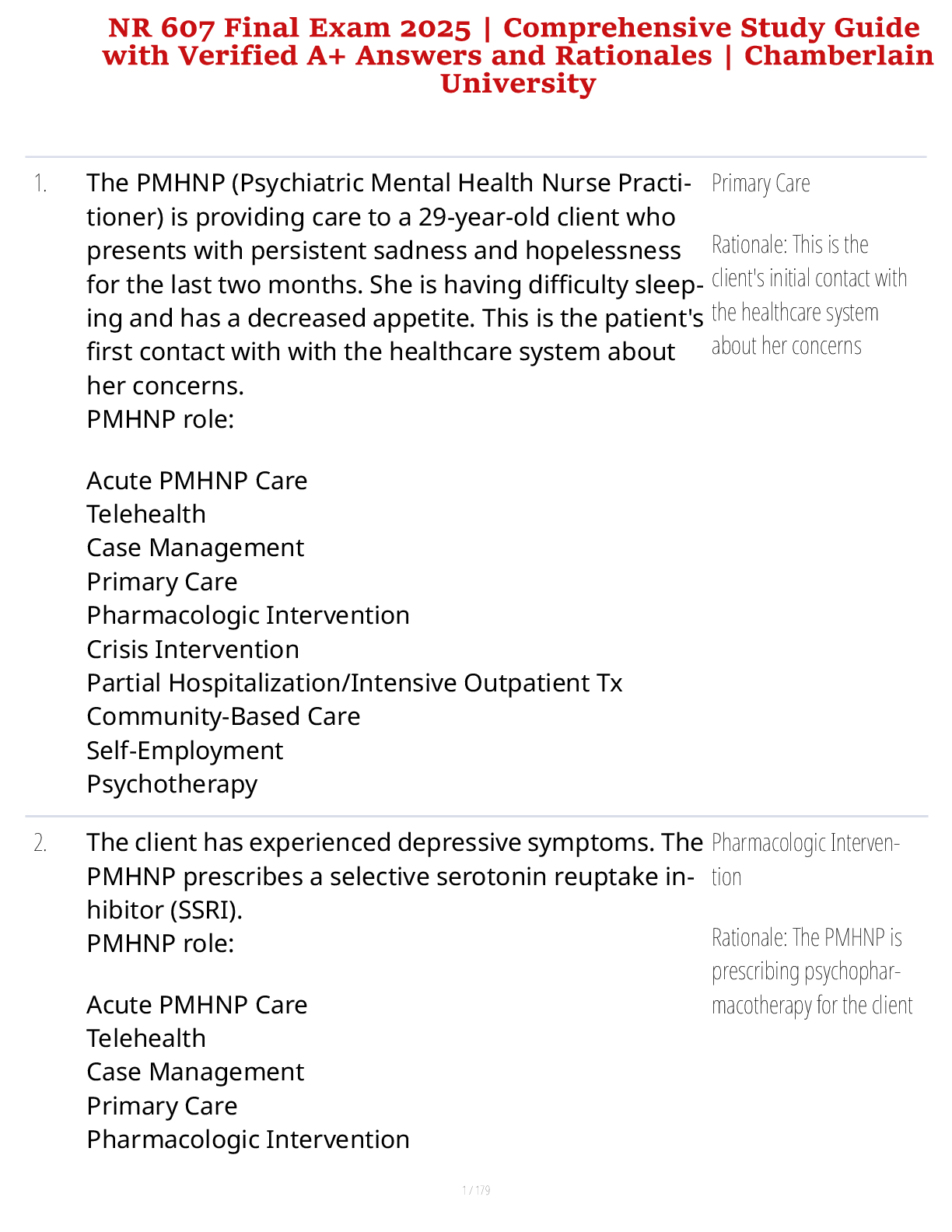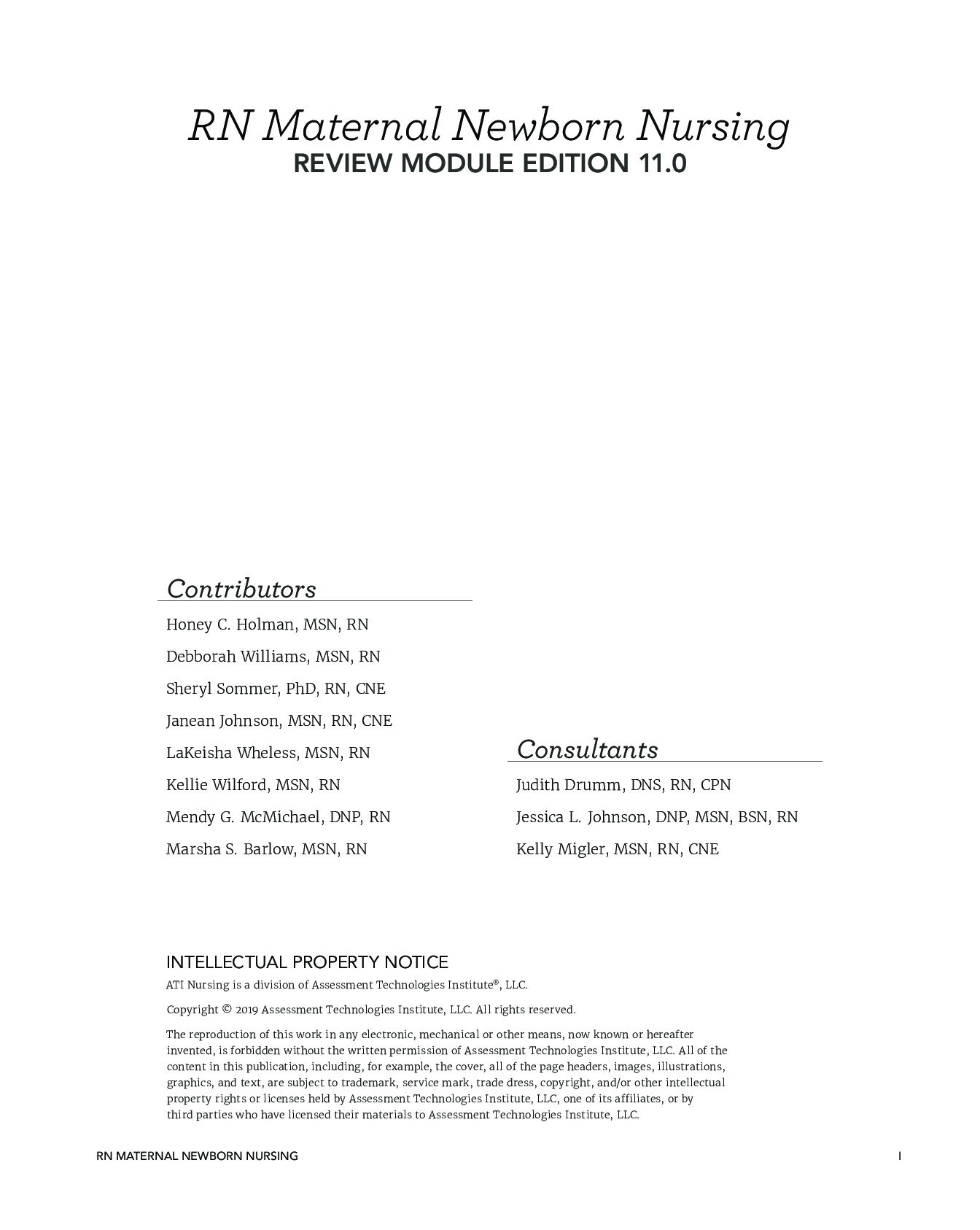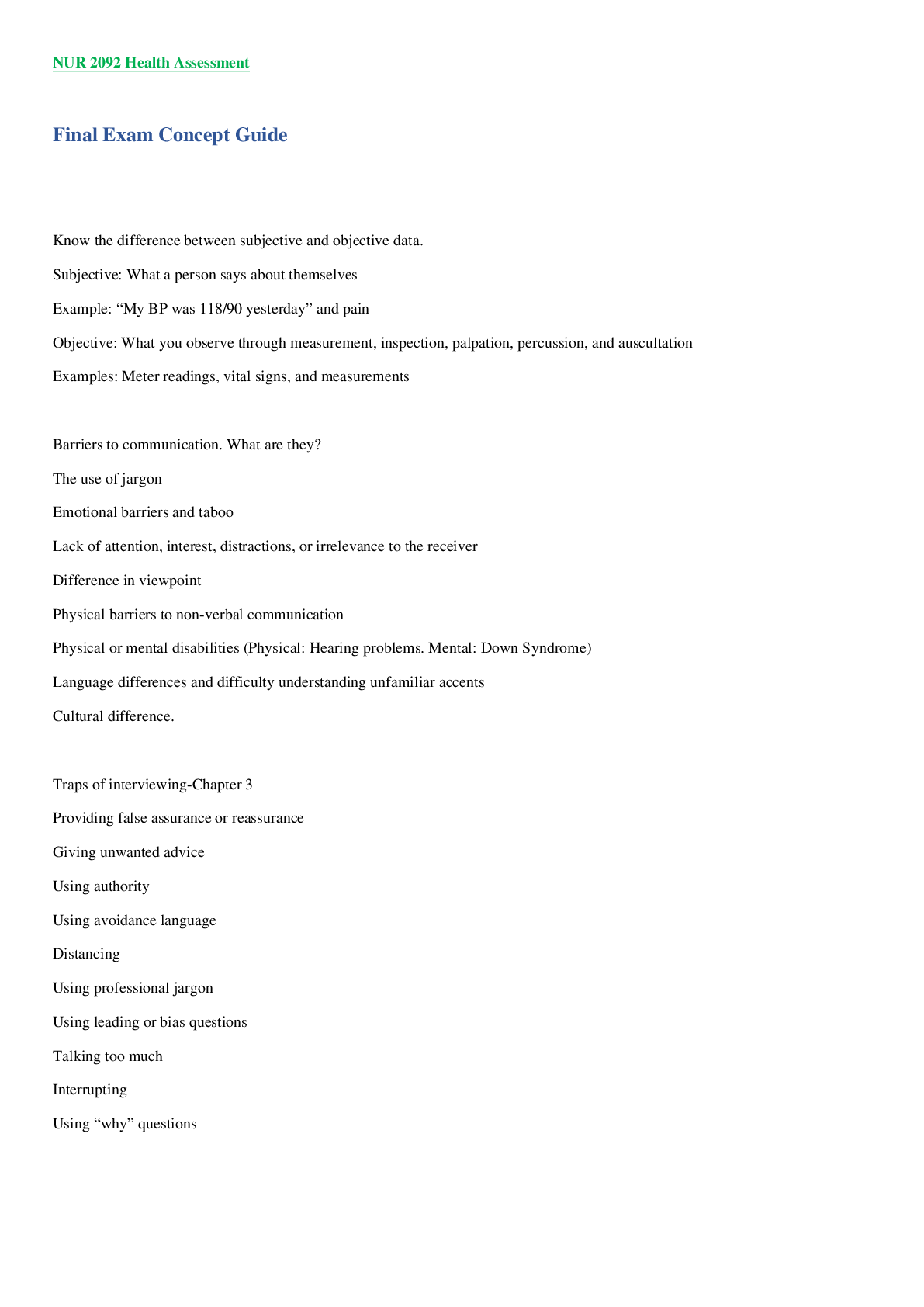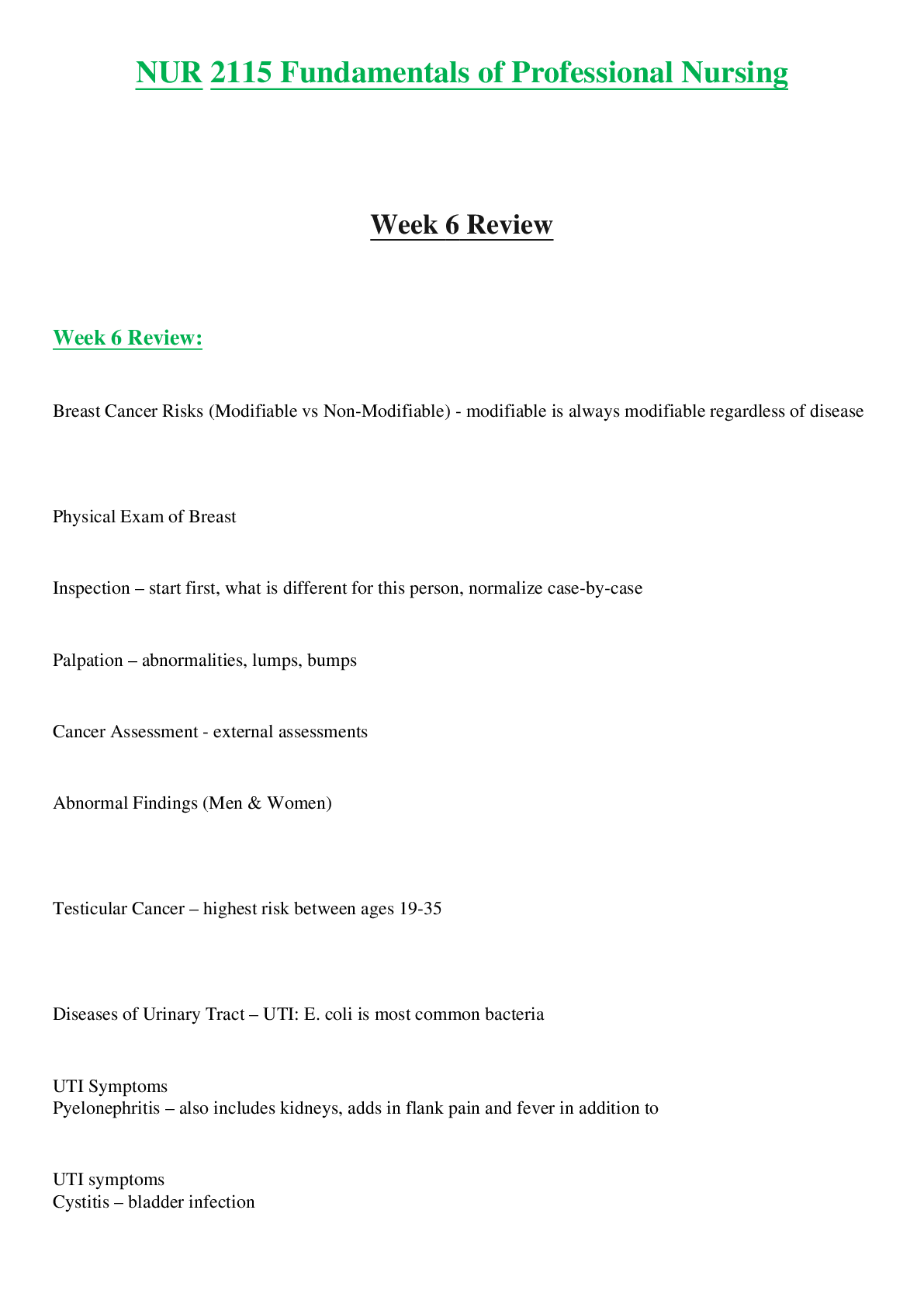*NURSING > STUDY GUIDE > EMT FINAL STUDY SHEET. All Medical Control . HIPPAA. Most Important Units and Comprehensive Content (All)
EMT FINAL STUDY SHEET. All Medical Control . HIPPAA. Most Important Units and Comprehensive Content for Last minute Exam Prep.
Document Content and Description Below
HERE IS A SAMPLE: Medical Control HIPPAA Routes of transmission • Direct contact (bloodborne pathogens) • Indirect contact (needlesticks) • Airborne transmission (sneezing) • Foodborne ... transmission (contaminated food) • Vector-borne transmission (fleas) 5 Stages of Grief 1. Denial 2. Anger 3. Bargaining 4. Depression 5. Acceptance PTSD Post-Traumatic Stress Disorder OSHA Consents DNR Do Not Resuscitate Definitive signs of Death No breathing. No heartbeat. Loss of control of bowel or bladder. No response to attempts to awaken; shaking or shouting. Eyelids slightly open. Eyes fixed on certain spot. Jaw relaxed and mouth slightly open. Scope of Practice Standard of Care regulations are required that all health care workers wear protective equipment to prevent possible exposure to blood and certain body fluids BSI = Body Substance Isolation PPE = Personal Protective Equipment 4 Factors to determine Negligence 1. Duty 2. Breach of duty 3. Damages 4. Causation Abandonment • Unilateral termination of care by EMT without: – Patient’s consent – Making provisions for continuing care • Abandonment may take place: – At the scene – In the emergency department • Always obtain a signature on your patient care record Tort civil wrongs—for example, defamation of character and invasion of privacy. Assault unlawfully placing person in fear of immediate bodily harm Example: restraint Battery unlawfully touching a person Example: providing care without consentKidnapping seizing, confining, abducting, or carrying away by force Libel written Slander Speaking Gross Negligence conduct that constitutes willful or reckless disregard PCR Patient care report (PCR) – Also known as prehospital care report – Legal document – Records all care from dispatch to hospital arrival There are two types of PCRs: written and electronic. Base Station A base station contains a transmitter and a receiver in a fixed place. Channel The dispatcher monitors and assigns appropriate, clear medical control channels Repeater A device that receives a low-frequency signal and then transmits it at a relatively higher frequency Scanner A scanner is a device that searches or scans across several frequencies until a message is completed. FCC The Federal Communications Commission (FCC) regulates all radio operations in the United States Standing Orders written documents signed by the EMS systems medical director outlining specific directions, permissions, and sometimes prohibitions regarding patient care. Understand Directional Terms – Right and left – Superior and inferior – Lateral and medial – Proximal and distal – Superficial and deep – Table 5-1 Table 5-2 Table 5-3 Anatomical Positions: Prone position when a patient is lying on his or her stomach. Anatomical Positions: Supine lying face up Anatomical Positions: Fowlers Semi-reclining with head elevated Anatomical Positions: Recovery Ligament Fibrous tissues that connect bones to each other Tendons Ropelike structures that connect muscles to bonesSpinal Column Composed of 33 bones (vertebrae) Divided into 5 sections: • Cervical • Thoracic • Lumbar • Sacrum • Coccyx [Show More]
Last updated: 3 years ago
Preview 1 out of 15 pages
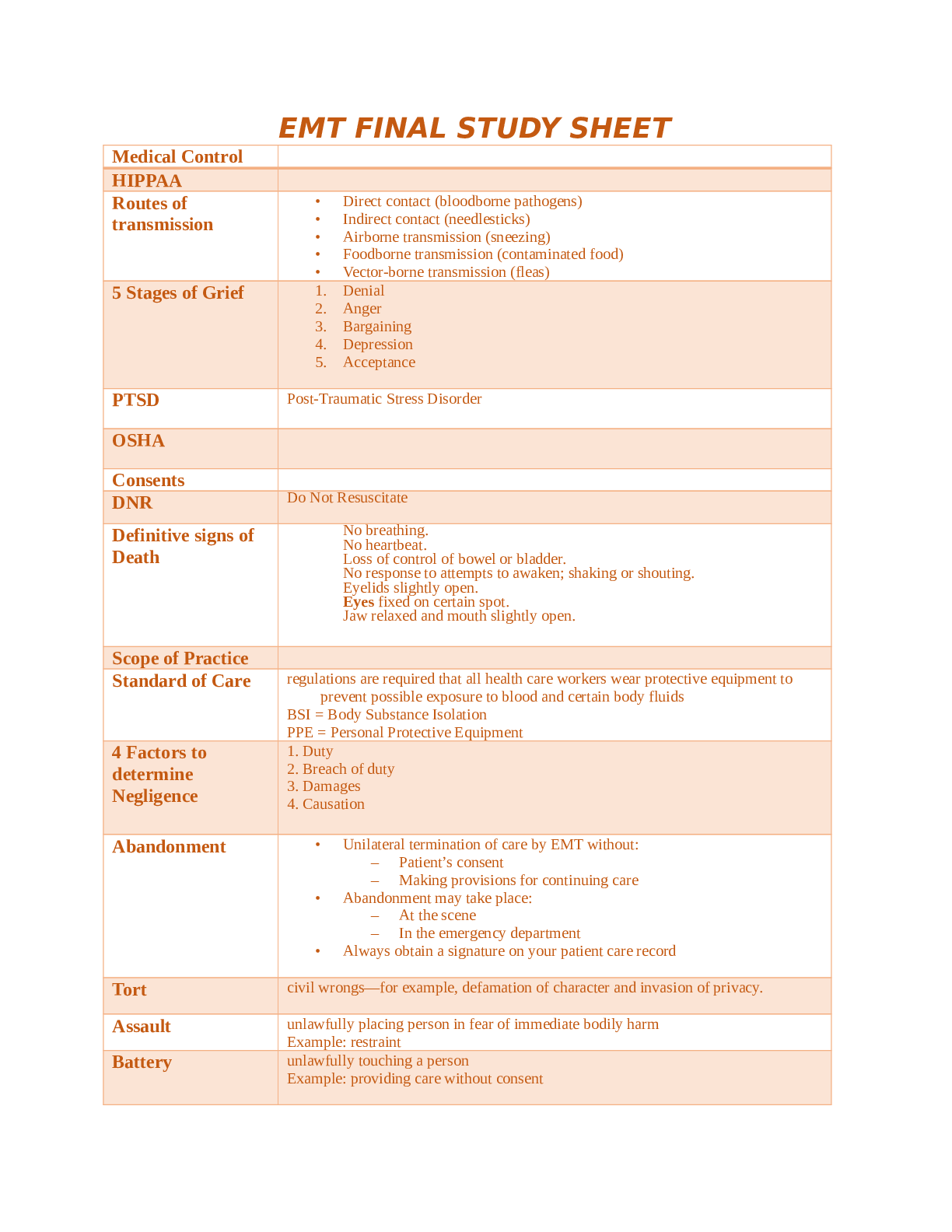
Buy this document to get the full access instantly
Instant Download Access after purchase
Buy NowInstant download
We Accept:

Also available in bundle (1)
Click Below to Access Bundle(s)

13 EMT Final Exam Study Guides AND Multiple Exam Questions and Answers. Most Comprehensive content for EMT Basic and Advanced Course and Exam Preparation.
EMT Final Exam Study Guide. Most Comprehensive Content for a quick read right before EXAM EMT Final Exam Study Guide. Best for quick exam preping NREMT Study Guide. Comprehensive Content. Medical,...
By Kirsch 4 years ago
$35
13
Reviews( 0 )
$10.00
Can't find what you want? Try our AI powered Search
Document information
Connected school, study & course
About the document
Uploaded On
Nov 22, 2021
Number of pages
15
Written in
All
Additional information
This document has been written for:
Uploaded
Nov 22, 2021
Downloads
0
Views
149


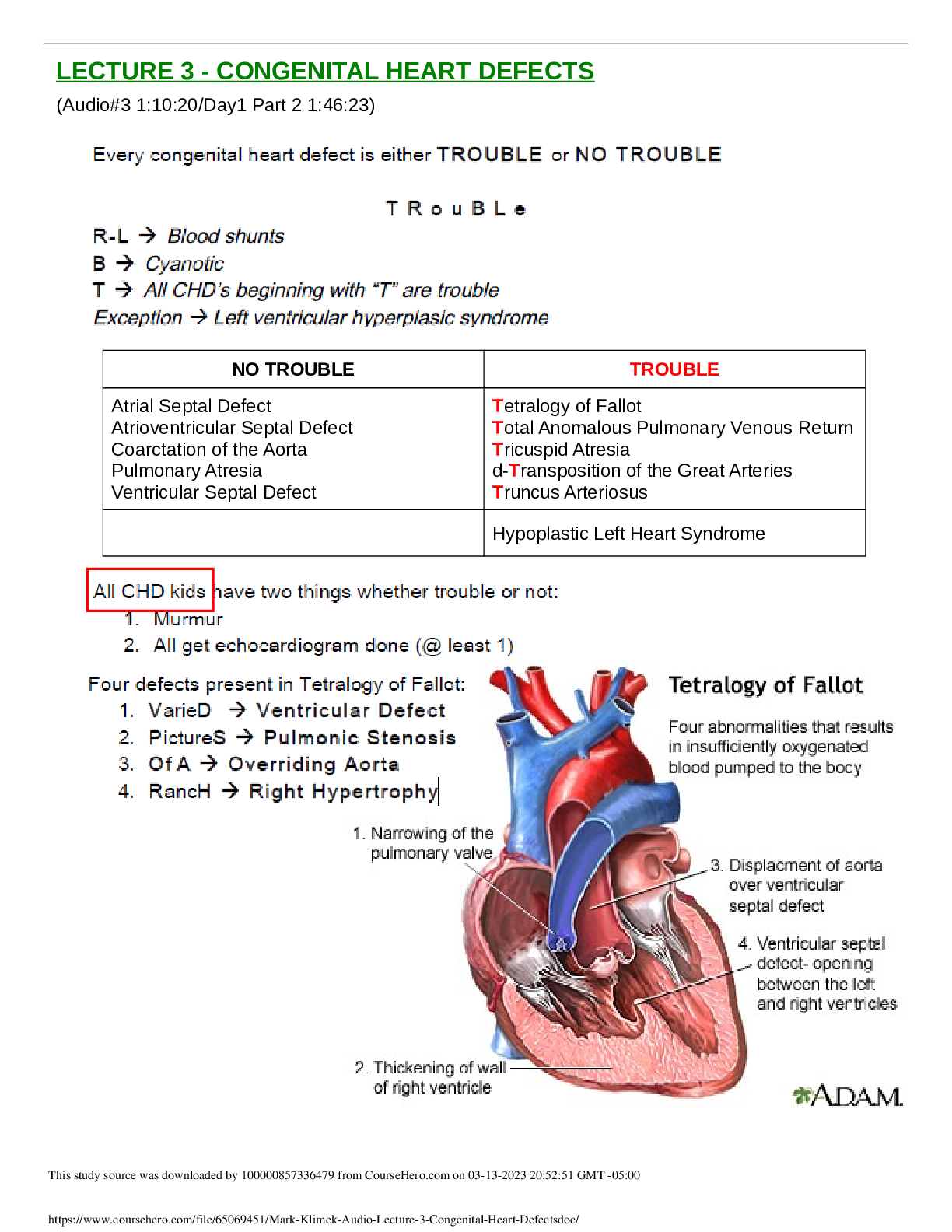

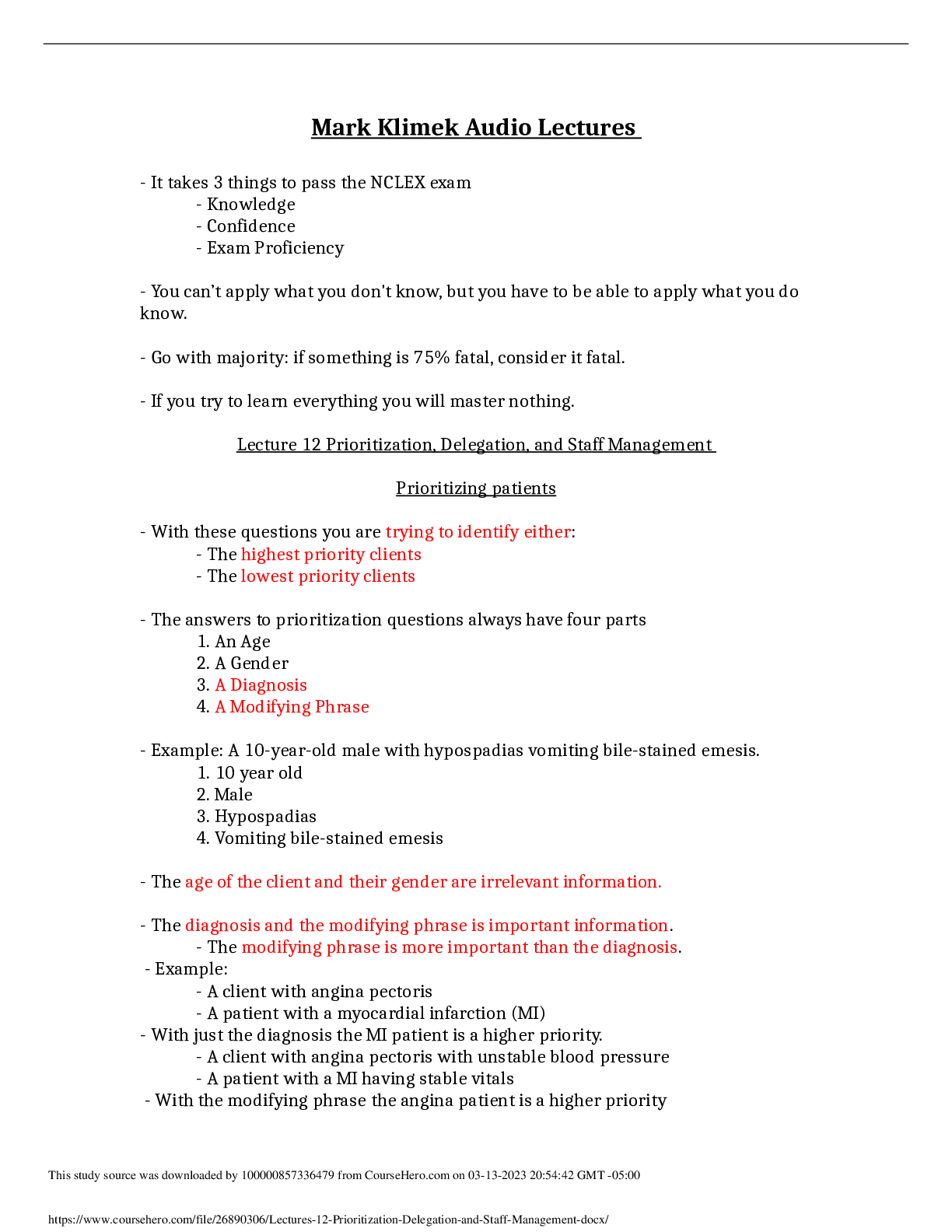



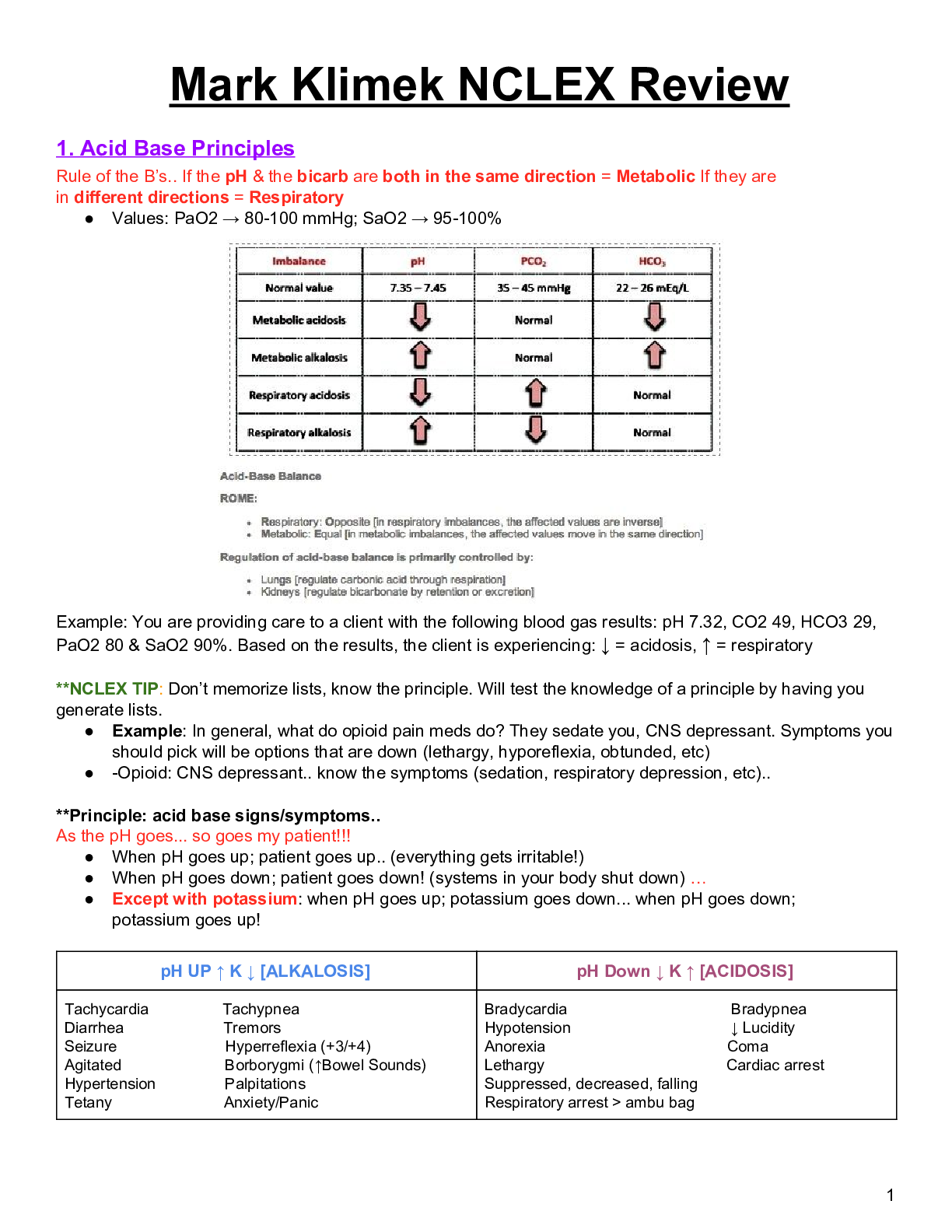
.png)



